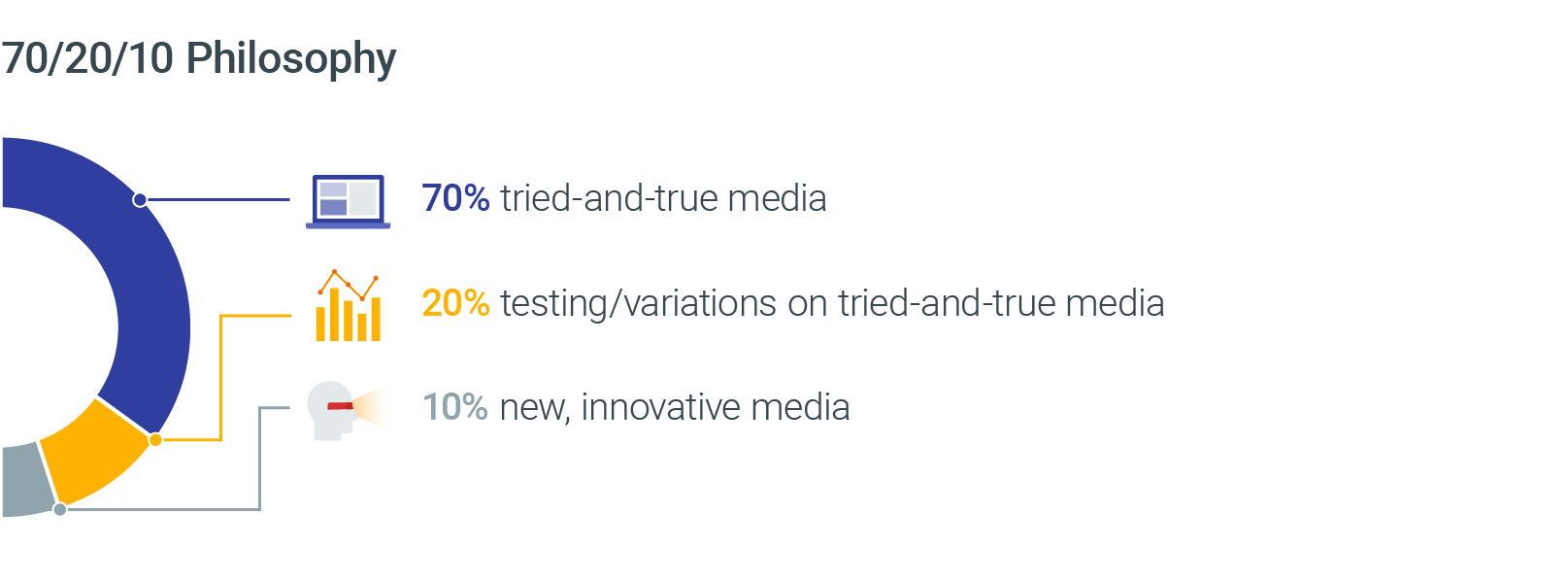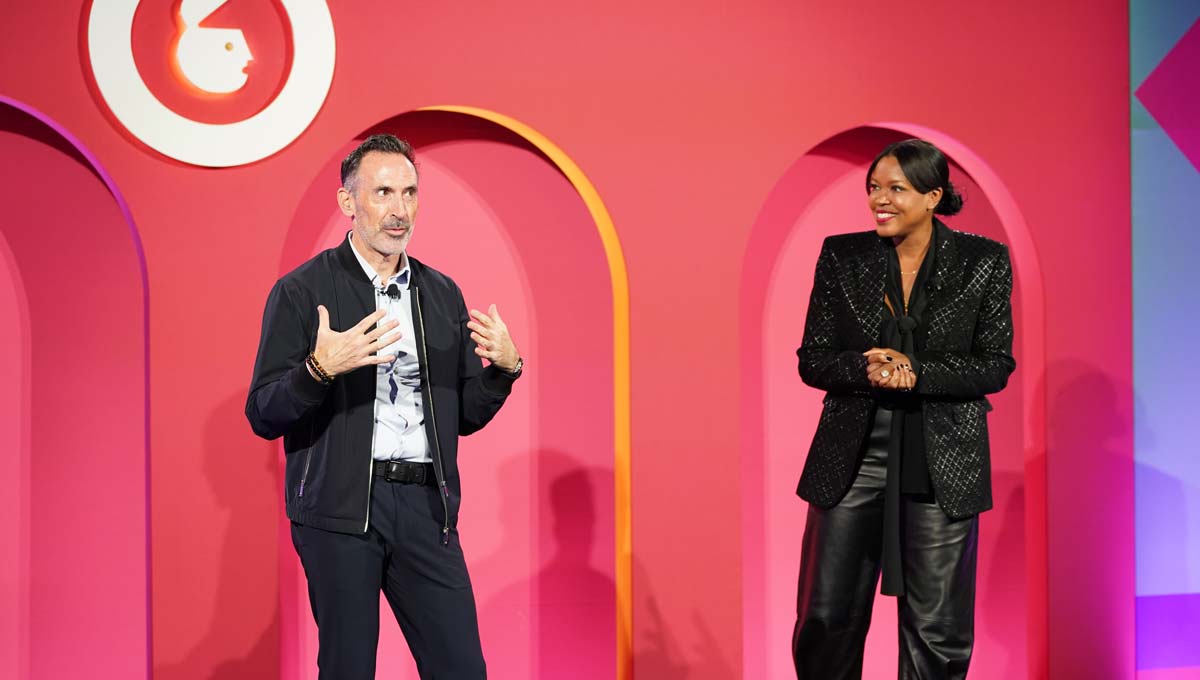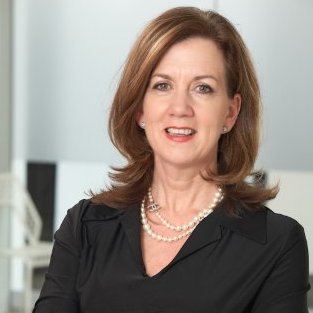How do key thinkers and advertising minds in Canada think about online video? In part two of our Think with Canada's Agencies series, we discuss how OMD Canada CEO Cathy Collier works with clients to plan and measure their media around consumers, not channels.
Cathy Collier has been helping Canadian brands evolve and adapt to changing consumer behaviours for decades. As CEO of OMD, she helps push the industry forward, working to remove the divide between traditional and digital thinking.
In this Q&A, hosted by Google Canada agency lead Vivian Ip, Collier talks about breaking down silos, fusing digital and TV measurement, and letting consumer insights drive planning decisions.
Ip: How do you help clients adapt to the new digital world?
Collier: We always start at the same place: putting the consumer first and making sure that the brand is relevant in anything we do. Then, as we move from traditional to less traditional channels, we've had a lot of success with the 70/20/10 philosophy. What that means is 70% of what we do has been proven to work through the client’s models. For the next 20%, we test and try out different variations. Then we take 10% of the budget and do something completely different and completely innovative without risking their business.

Ip: Do clients resist that 10%?
Collier: Clients are much more receptive when we go in with the 70/20/10 plan rather than when we go in saying, "Hey, we've got a great idea. We should go digital." They're pretty receptive because we do it in a really measured way. We also layer on top test-and-learn agendas and curricula so that every quarter we have a plan for what we’re going to test, how we’ll see what works, and how we’ll take it to the next level. Clients are pretty receptive when we do things that can be calculated and show them what they risk and could be rewarded with.
“Clients are pretty receptive when we do things that can be calculated and show them what they risk and could be rewarded with.”
Ip: You've been quoted in trade press saying how the industry should get rid of the two-tiered digital versus TV mindset. Can you tell us your thoughts about that?
Collier: I think we should get rid of the word “digital,” actually. We've spent the last 15 years being really, really deliberate about digital tactics. But I think we've finally gotten to a point where we can again put consumers first and build out channels that will best communicate with them. We don't have to be as deliberate about digital tactics—we can look at channels holistically to see what consumers are interacting with.
Ip: Do you think broadcasters are ready to make that leap? It seems that TV and online video are still very separate.
Collier: A big challenge right now is aligning on some sort of universal measurement, because most people unfortunately still measure platforms in silos. I think universal measurement will make our lives easier than trying to Frankenstein two measurements together.
No matter what data we have, we should be talking about how to best communicate with the consumer. Whether on TV or online, we need to allow ideas to be at the center of what we do. When we're being deliberate about channels, I think that we forget that it's the idea and creative that will bring that brand to life and allow consumers to engage.
“I’m excited by the change that’s happening every day, particularly with media. We’re now so intrinsically linked to the business through the data. We have become so much smarter.”
Ip: What's your reaction when a client asks for a viral video?
Collier: I think they're really asking, "Please tell me how you're going to measure this video." What they see in market is that viral means success, but they’re really asking for a KPI to show whether their video worked or not. They want to know whether the money they invested actually connected with consumers.
We peel that away into two objectives: How are we going to ensure that the video is seen? And what is the plan behind it? Then we look for measurements that show how consumers are embracing and engaging with a video. It’s a more deliberate conversation than simply trying to go viral.
Ip: What do you think has changed in the last five, ten years?
Collier: I recently looked back at who won the Cannes Grand Prix in the past 15 years. Back in 2002, the mini-campaign—using the media as the message—won most of the Media Lions. People were doing things like using the staples in a magazine as the pylons for a car to drive through.
Fast-forward to 2007: A big winner that year was a campaign in New Zealand for a digital wallet. In that campaign, ASB Bank stickered over $5 notes and used money as the medium. In 2012, a Google Voice Search campaign in the UK won the Grand Prix.
This year, a campaign for Jet.com won. The brand used Google Translate for the radio voice, created a “super bowl” YouTube ad that was actually about bowls, and used Facebook likes to tell people how much they should spend on holiday gifts for their friends. Every touchpoint was about value—the brand’s core identity—and the most encouraging thing I heard from a couple of people was how you couldn’t even tell which parts of the campaign were digital. I think we're finally at a point where different media are becoming transparent about the core brand insight and how to connect with consumers.
Ip: OK, last question: What makes it exciting to come to work every day?
Collier: I’m excited by the change that’s happening every day, particularly with media. We’re now so intrinsically linked to the business through the data. We have become so much smarter, and we’ve moved up the food chain. We get to have so many interesting and important conversations with clients every day. These changes have made my office such a fantastic place to come to every day.
Stay tuned for more videos from our “Think with Canada’s Agencies” series, including conversations with top thinkers from Ipsos Canada and OMG Programmatic.







